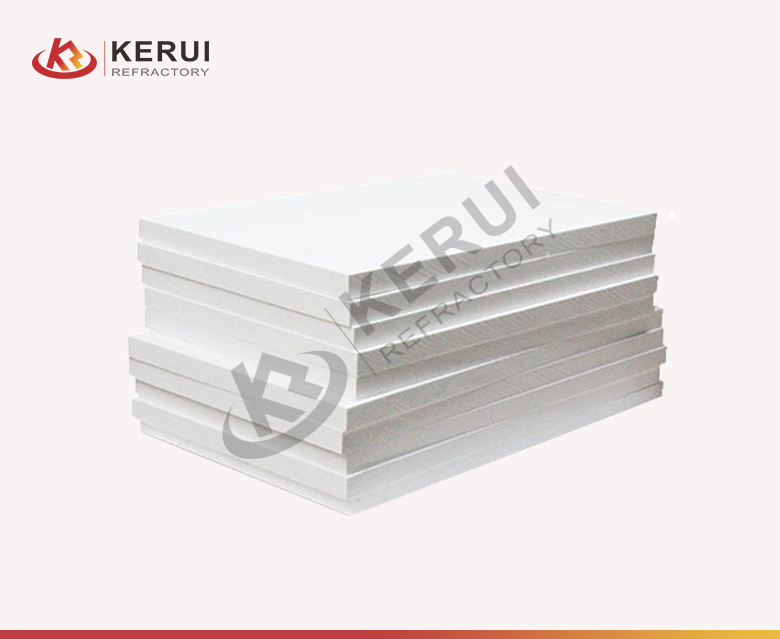In the field of industrial and building insulation materials, ceramic fiber boards and calcium silicate boards are among the most commonly used products. Both offer good fire resistance and thermal insulation performance, but their characteristics, application scenarios, and selection principles differ. Choosing the right material can significantly improve safety and cost-effectiveness in projects.

I. Basic Differences Between Ceramic Fiber Board and Calcium Silicate Board
✅ Ceramic Fiber Board
Material: Made from ceramic fiber cotton through vacuum forming
Temperature Resistance: 1000–1260℃, up to 1430℃ for premium grades
Features: Lightweight, excellent thermal insulation, low thermal conductivity
Applications: High-temperature industrial furnace linings, power plant boilers, metallurgy, high-temperature insulation layers
✅ Calcium Silicate Board
Material: Produced from siliceous and calcareous materials under autoclave curing
Temperature Resistance: 650–1000℃ (depending on grade)
Features: High strength, good compressive resistance, excellent moisture resistance
Applications: Fireproof partition walls, external wall insulation, power equipment insulation, pipeline insulation
II. Performance Comparison
| Category | 陶瓷纤维板 | 硅酸钙板 |
|---|---|---|
| Temperature Resistance | Up to 1000–1430℃, excellent stability at high temperatures | Generally ≤1000℃ |
| Strength | Relatively lower, more brittle | High strength, good mechanical properties |
| Weight | Lighter, easier for installation | Heavier |
| Thermal Insulation | Very low thermal conductivity, superior insulation | Good insulation, slightly lower than ceramic fiber board |
| Main Applications | Metallurgy, glass, ceramics, power plant boilers | Construction, power, shipbuilding, chemical pipelines |
III. Selection Guide
For applications above 1000℃
→ Choose 陶瓷纤维板 (e.g., furnace linings, high-temperature metallurgy).For high strength or mechanical load-bearing requirements
→ Choose 硅酸钙板 (e.g., fireproof partitions, construction, power equipment).For lightweight thermal insulation requirements
→ Choose 陶瓷纤维板 (ideal for high-temperature insulation layers).For moisture resistance, fireproofing, and structural support
→ Choose 硅酸钙板 (commonly used in construction and power industries).
IV. Conclusion
Ceramic Fiber Board → High-temperature insulation, lightweight refractory solution
Calcium Silicate Board → High strength, fireproof partitions, and pipeline insulation
In practical projects, these two materials are often used together: for example, ceramic fiber boards for furnace linings (insulation), and calcium silicate boards for outer structural support, achieving the best combined performance.
KERUI Refractory supplies different types of high temperature calcium silicate boards, architectural calcium silicate boards, ceramic fiber boards and other high temperature refractory boards. Please contact us for any needs.

